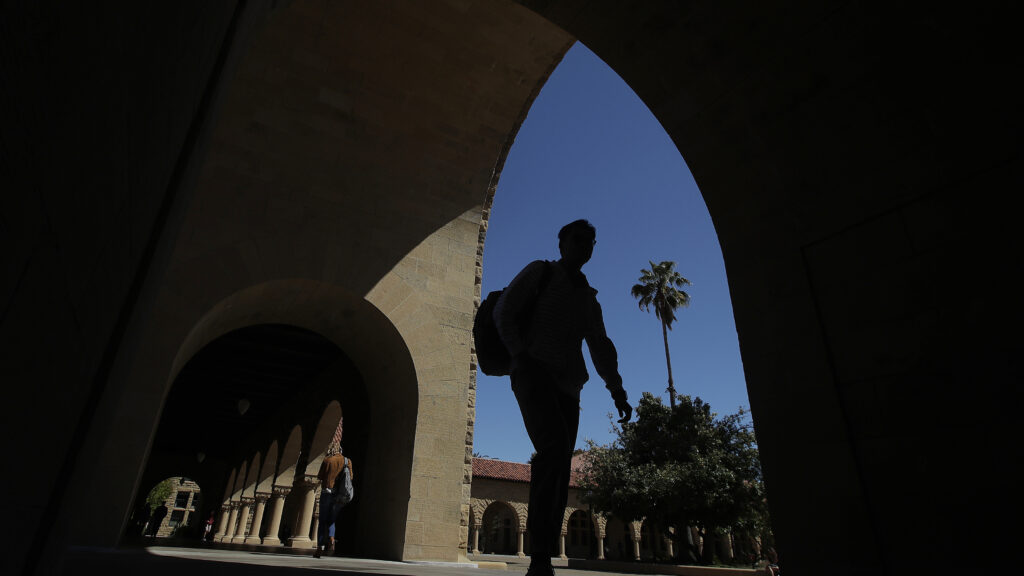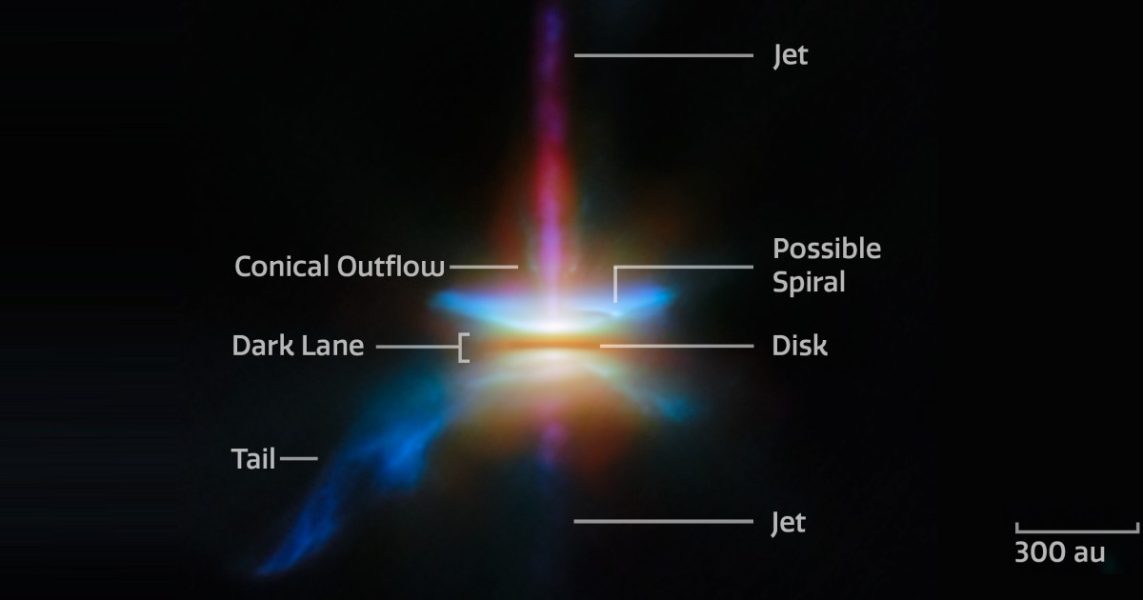Here’s how big a hit some universities may take if NIH slashes support for indirect research costs – STAT

Complete your personal information for a more tailored experience
Home
Don’t miss outSubscribe to STAT+ today, for the best life sciences journalism in the industry
By Angus Chen and Jonathan Wosen Feb. 9, 2025Top universities and medical centers stand to lose $100 million a year or more if a sweeping change to how the National Institutes of Health reimburses research costs takes effect on Monday. The big losers would include prestigious institutions in conservative states. The NIH, the nation’s top funder of biomedical research, announced on Friday that it would substantially limit payments for indirect costs, administrative and facility expenses connected to research, starting almost immediately. To assess the potential impact of these changes, STAT examined publicly available financial records, agreements negotiated between research centers and the federal government, and internal emails. These documents show that, in some cases, the policy change could plunge operating budgets into deficits, leaving academic leaders scrambling to figure out how to manage the loss.advertisementResearch administrators, scientists, and academic clinicians interviewed by STAT expressed shock after the NIH announced the policy change, with many fearing that the loss of revenue could quickly lead to layoffs, halted or cancelled studies and clinical trials, and even the collapse of biomedical discovery in the United States down the line.“If this goes into action on Monday, it actually, literally has the ability of stopping and grinding research to a halt — soon,” said Robert Winn, the director of the Massey Comprehensive Cancer Center at Virginia Commonwealth University. “How does an institution now climb out of a multimillion-dollar hole? Tens of millions. How does that just happen, overnight?”The policy change centers around the indirect cost payments that federal grantees receive from the government. These costs are also called facilities and administration costs, or F&A costs, because they cover the general upkeep of running a research institution including electricity and other utilities, janitorial services, rent, and certain administrative costs. Institutions directly negotiate an indirect cost rate with granting agencies, an intensive process requiring the institution to provide audited financial documentation of their overhead costs. advertisementThese rates have ranged widely from the previous minimum of 15% all the way to around 70%. A rate of 70% essentially means that for every dollar of direct funding a scientist receives from a grant, the research institution receives 70 cents in indirect funds. The new policy caps the indirect rate from NIH grants at 15% — a change that experts said will not only harm elite institutions, which often get the highest rates of overhead support, but will have a lasting impact on practically every academic and medical institution in the country with a research budget. STAT+ Exclusive StoryAlready have an account? Log inAlready have an account? Log inMonthly$39Totals $468 per yearTotals $468 per yearStarter$30for 3 months, then $399/yearThen $399/yearAnnual$399Save 15%Save 15%11+ UsersCustomSavings start at 25%!Savings start at 25%!2-10 Users$300Annually per user$300 Annually per user
To read the rest of this story subscribe to STAT+. Angus ChenCancer ReporterAngus Chen covers all issues broadly related to cancer including drugs, policy, science, and equity. He joined STAT in 2021 after covering health and science at NPR and NPR affiliate stations. His work has been recognized by national Edward R. Murrow awards, the June L. Biedler prize for cancer journalism, and more.Jonathan WosenWest Coast Biotech & Life Sciences ReporterJonathan Wosen is STAT’s West Coast biotech & life sciences reporter.Understand how science, health policy, and medicine shape the world every day
Your data will be processed in accordance with our Privacy Policy and Terms of Service. You may opt out of receiving STAT communications at any time.
By Jonathan Wosen
By Sarah Owermohle and Rachel Cohrs Zhang advertisement
By John Wilkerson
By Jonathan Wosen and Angus Chen
By Bob Herman
By Jason Mast
By Jonathan Wosen and Angus Chen
By Jonathan Wosen, Megan Molteni, Jason Mast, and Usha Lee McFarling
By Brittany Trang Share optionsXBlueskyLinkedInFacebookDoximityCopy linkReprintsReporting from the frontiers of health and medicineCompanyAccountMore
Source: https://www.statnews.com/2025/02/09/nih-indirect-research-costs-losers-stanford-vanderbilt-ut/






